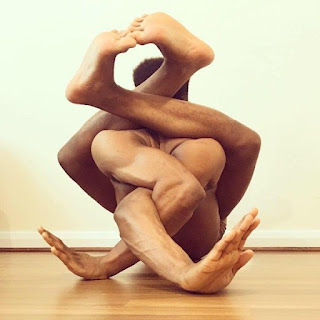Seeing What’s Not There
The
Science channel carries a program named What
on Earth? The program examines mysterious images captured by satellite
cameras and tries to determine what is actually being seen.
Last
week, the program discussed what appeared to be a large face engraved on a
Ukrainian field. The optical illusion
turned out to be uneven terrain, but it illustrated a well-known phenomenon:
the tendency for humans to impose a pattern even upon random features. We are
wired to make sense of what we see even when what we see doesn’t actually make
sense.
I
was long aware of the phenomenon, but I had never encountered its name until
this program. It’s called pareidolia, and it’s a common phenomenon. Human faces
and their expressions are very important to us from infancy on. It explains why
we see faces in clouds, in ink blots, in geological features, on tree bark, on
the surface of the moon, and even on toast and muffins. Of course, it can
expand in scope so that we see animals, buildings, other anatomical features,
and so on.
The
word derives from the Greek words para (παρά), instead of, and eidōlon (εἴδωλον),
image, form, or shape.
Listen to Mike’s program in real
time every Tuesday morning, 9:10 - 10:00 a.m. EST, by going to wtcmradio.com
and clicking on Listen Now. You’ll
also find about a month’s worth of podcasts there under The Ron Jolly Show.



Comments